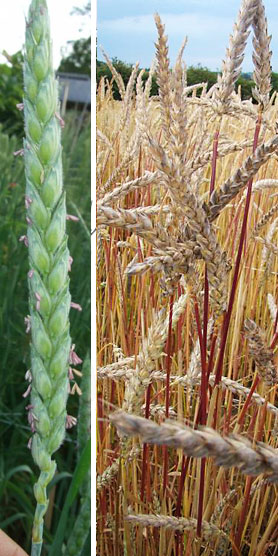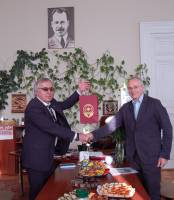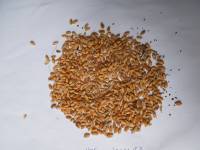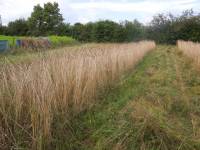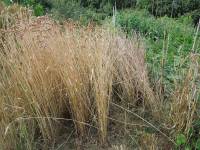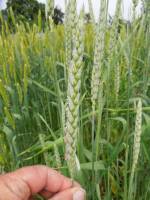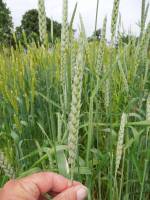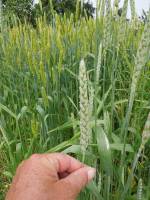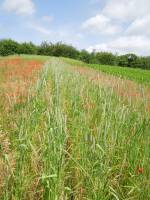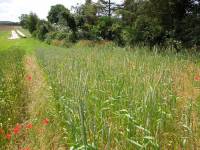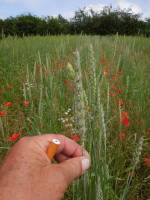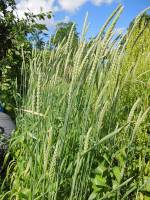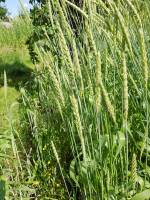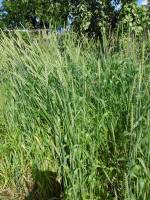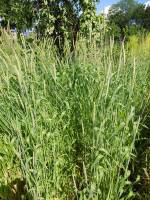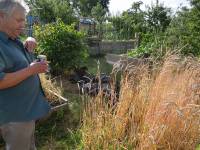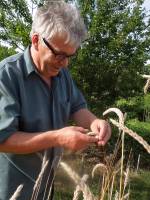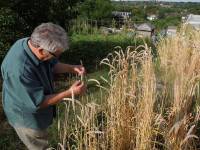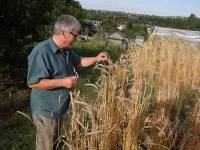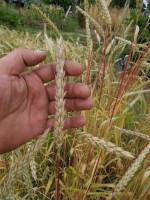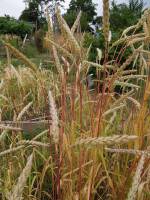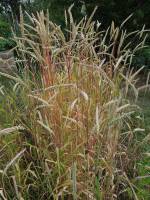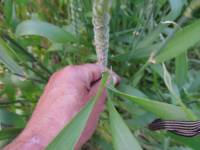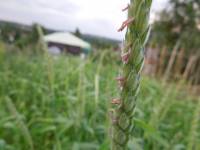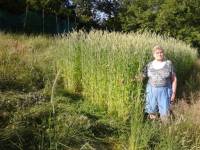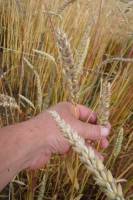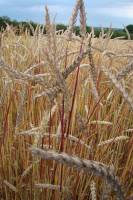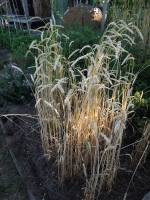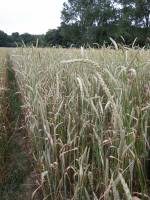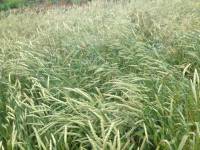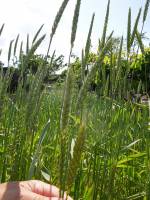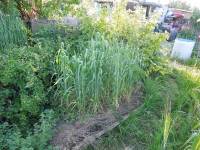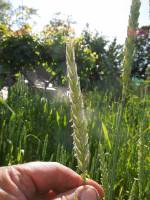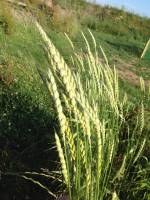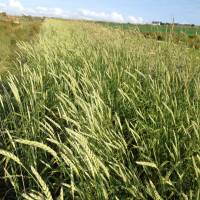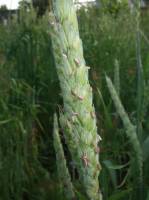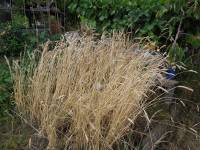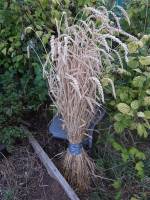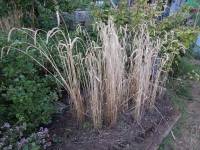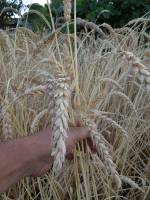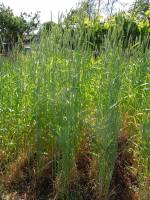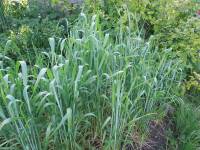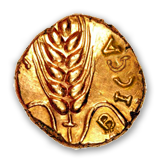 BICGA wheat portal
BICGA wheat portal
Hen Gymroorigin:United Kingdom first record:1918 grain colour:red/brown references >>> ID images >>> |
Hen Gymro ("Old Welsh") is a landrace wheat of South West Wales that clung on in cultivation into the 1920’s - longer than any other British wheat landrace. The Aberystwyth Welsh Plant Breeding Station (WPBS) noticed this writing
"It would be too much to assume that this preference was due entirely to either ignorance or prejudice, and the Station considered it necessary to carry out some investigational work."
and from the early 1920’s started to collect the multifold lines within the landrace with the idea of "improving" it. Over 250 different types were identified by T. J. Jenkins who was then succeeded as head of breeding by Evans Thomas Jones. They identified various reasons why this landrace had clung on in this notoriously damp corner of the British Isles despite all the competition from seed companies' cultivars as follows ...
"(1) It was usually grown for home bread-making purposes. (2) The conditions under which it was grown were usually unfavourable. (3) The old variety, season by season, was better able to produce millable grain, particularly under adverse ripening conditions. (4) The long, slender, and tough straw made first-rate thatching material."
Maybe rather perversely given that the high generic diversity was most probably a major factor in the landrace's reliability the WPBS then choose two specific types within Hen Gymro identified as S70 and S72 as being superior and promoted the use of these. S70 survives as UK accession Hen Gymro and Dutch accession Hen Gymro S70. Hen Gymro (Hen Gimro) S72 only survives in Russian Vavilov Institute alongside their accession Hen Gimro which appears to contain at least 5 types and therefore may be a field collection of the original landrace.
At various stages the Hen Gymro S70 line is very distinctive looking with long lax ear, dark green glaucous abundant foliage, white hairy glumes and maybe most uniquely anthers at flowering are often purple. At maturity - unless washed away by rain - straw is often deep cardinal red.
Hen Gymro S70 will get over tall and tend to lodging unless grown on poor soil. Seems to have very good resistance to rusts and sprouting in the ear as one would expect for the moist warm climate of South Wales.
Hen Gymro S72 line seems shorter and later than S70 without any of the red colouring of straw ear or flower of S70.
The VIR accession Hen Gimro #k40069 seems to be a genuine genetically broader line, maybe akin to the original landrace, possibly a sample from a specific field/farm. Contains at least 5 or 6 morphologically distinct types with bald and velvet chaff, some with some vestigial awns and some without and varying height and colouring. Ripening seems even and ahead of Hen Gymro S72.
The Brockwell Bake Association working with the Welsh Grain Forum hopes to bring Hen Gymro back into cultivation in South West Wales on several organic farms in South West Wales, starting season 2014/15.
Reference #1
No.1. Pure Lines of Hen Gymro Wheat by T. J. Jenkins, 1929 LINKnotes: A first account of the Welsh Plant Breeding Stations study and work on the local landrace wheat "Hen Gymro" found around their location. 5 "pure lines" selected from within the landrace and bulked up to eventually become Hen Gymro S70 (line Ca. 274 in the leaflet) and S72 (line Ca. 484 in the leaflet).
"On the whole, therefore, over a number of seasons, taking both yield and quality into consideration, "Hen Gymro" has undoubtedly proved to be superior to Standard Red, under the conditions prevailing at the Welsh Plant Breeding Station, in spite of its weakness of straw, and the results are therefore in accord with the claims of the growers of this variety.
It should be clearly understood, however, that "Hen Gymro" is less well suited to land in good wheat growing condition than to land of relatively poor quality. But it has the great advantage for average conditions in Wales that it is capable of ripening a relatively good grain sample under very poor ripening conditions, and should, therefore, maintain its popularity where small areas are grown for household purposes."
Reference #2
Farming by Evans Thomas Jones, 1946 LINKnotes: resume from Evans Thomas Jones of work on Hen Gymro wheat conducted by the Welsh Plant Breeding Station, Aberystwyth from 1920s into 1940s.
Other references
Five hundred varieties of herbage and fodder plants by M. Hall (edit), 1948 LINK
notes: Encyclopedia of fodder corps compiled by the "Commonwealth Bureau of pastures and field crops" at Aberystwyth that later became the Welsh Plant Breeding Station
Ley Farming by Sir R. George Stapledon, William Davies, 1941 LINK
notes: List of varieties suitable for cultivation in Wales - including Hen Gymro for poor ground.
"Hen Gymro ripens well under adverse conditions, it tillers freely and is a very safe cropper, and under poor conditions gives a much better grain sample than Squareheads Master: it is not, however, a good standing wheat. If wheat production had to be carried to extreme lengths, crop following on crop even on the poorer soil, then increasing reliance would have to be placed on Squarehead's Master, Rivet and Hen Gymro."
No 5. Aberystwyth-bred Varieties of Oats and Pure Line Selections of Hen Gymro Wheat by Evans Thomas Jones, 1945 LINK
notes: A later recapitulation of the two pure lines of Hen Gymro that were finally chosen for release
Hen Gymro (Hen Gimro #k40069)
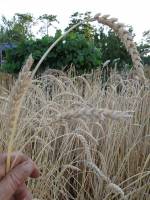
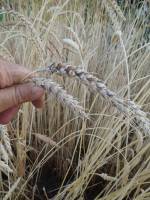
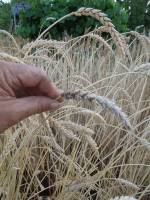
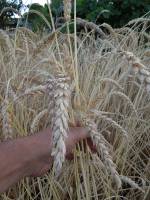
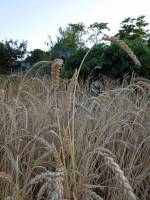
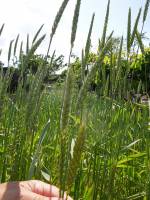
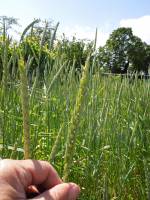
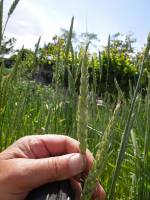
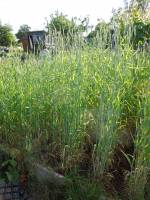
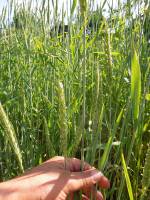
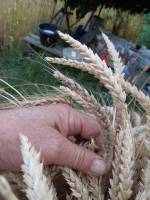
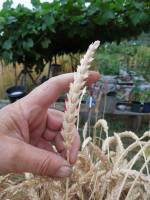
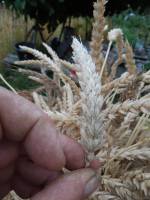
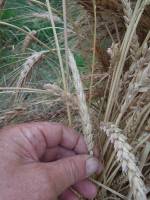
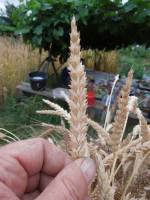
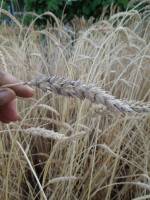
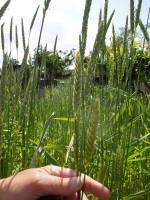
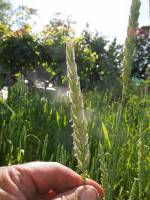
Hen Gymro S72 #k40070
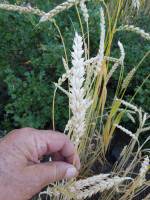
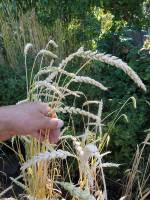
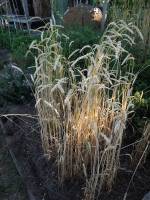
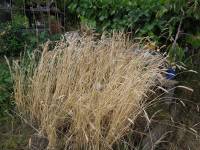
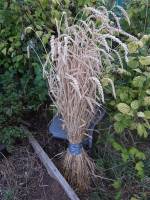
Hen Gymro (UK - S70 accession from NIAB) link
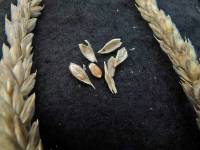
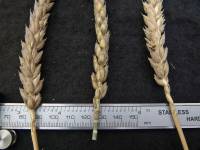
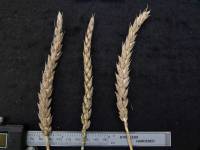
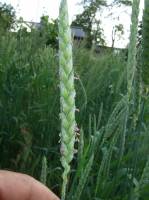
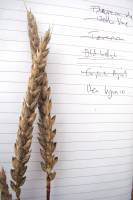
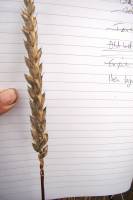
Hen Gymro S70 link
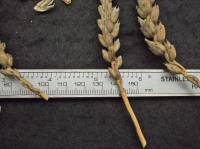
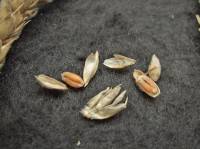
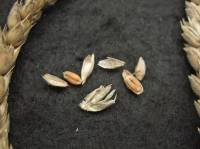
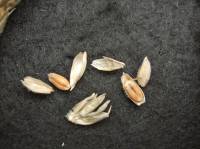
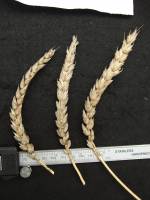
Germplasm link
Hen Gimro VIR (RUS) #k40069
Hen Gimro S70 VIR (RUS) #k40068
Hen Gimro S72 VIR (RUS) #k40070
Hen Gymro GRU-JIC (GBR) #W0498
Hen Gymro S70 CGN (NLD) #CGN05483
